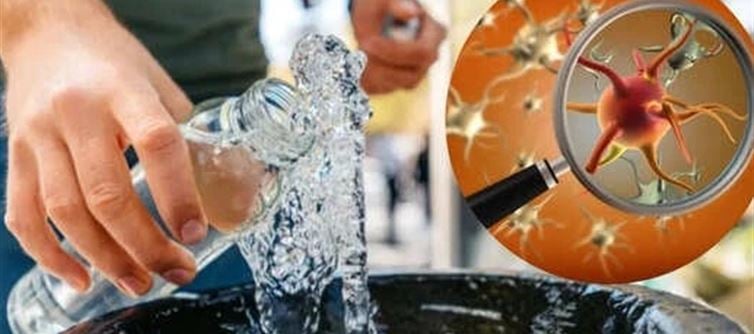
Why are refillable water bottles dangerous?
According to studies, the amount of bacteria on your water bottle is approximately 40,000 times higher than on other surfaces. The true cause of the safety issues with reusing any water bottle is always bacteria. Once opened, they grow quickly in any partially full or damp bottles. Therefore, the ideal breeding habitat is the half-empty water bottle you have been carrying around all day.
Although dirt that comes into contact with the mouth or the bottle cap can potentially harbor bacteria, bacteria in a water bottle often originate from your hands and mouth. Additionally, if your bottle is made of single-use plastic, it may develop tiny fractures that allow bacteria and fungi to flourish.
Additional problems with refillable water bottles
Studies show that it is foolish to reuse plastic water bottles because chemicals contaminate the water, rendering it entirely dangerous to consume. Chemicals like bisphenol A and polyethylene terephthalate (PET) are found in plastic water bottles. There may be more leaching in bottles that have been exposed to higher temperatures.
PET: What is it?
Polyethylene terephthalate is typically used to make disposable water bottles. Even though the study on this topic is still unclear, you should always discard bottles that are cracked or otherwise degraded. PET has undergone a great deal of testing, and no indication that harmful levels of chemicals have migrated from the plastic to the contents has been discovered.
In what ways is bisphenol A toxic?
Most clear polycarbonate water bottles have been modified to be BPA-free due to worries that bisphenol A may also leak out of them. As soon as possible, replace any transparent, hard plastic water bottles that are older than a year.
Easy ways to keep your water bottle clean
In addition to water, using a bottle with a sugar-containing beverage increases the danger of bacterial and fungal growth. After using your water bottle with juices, sports drinks, or flavorings, be sure to drain, rinse, and wash it right away. You can prevent bacteria and fungi from growing in your water bottle by cleaning it every day in the following ways:
Every day, wash
After each use, wash the bottle with warm, soapy water.
Weekly deep cleaning
To properly clean the bottle, use two parts vinegar, one part baking soda, and two parts water. You may even put it in the dishwasher.
Dry it out.
Before replacing the bottle's cap, be sure it has had time to air dry entirely.
Wash the lid.
Remember to clean the rubber seals, spouts, and threads—these are areas where bacteria hide.
Avoid leaving water sitting.
When not in use, always empty your bottle.




 click and follow Indiaherald WhatsApp channel
click and follow Indiaherald WhatsApp channel